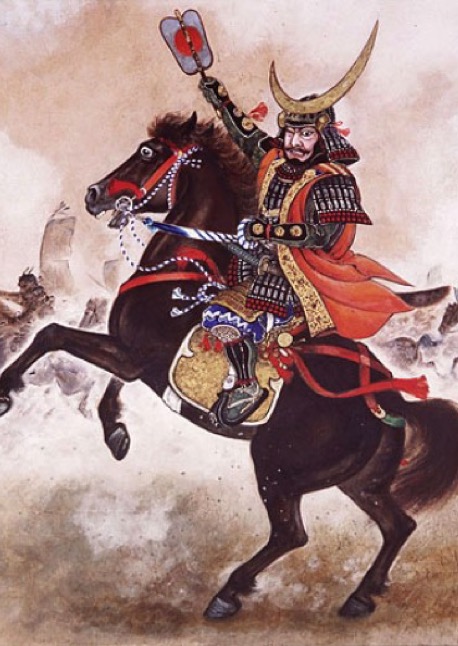Sign up for FlowVella
Sign up with FacebookAlready have an account? Sign in now
By registering you are agreeing to our
Terms of Service
Loading Flow

The Bakufu/shogunate

Shogunate or bakufu is a term used for a shogun's office or government. The term bakufu meaning an office in the tent, or field headquarters, referred to the headquarters, or administration, of a general on the battlefield, and implied that such an administration was meant to be temporary. The Shogun was a military rank and the historical title of the feudal administrator who served as the Emperor’s military deputy and actual ruler of Japan from the twelfth until the nineteenth century. The title “shogun” is the short form of sei-i taishogun the rank was equivalent to general, the highest officer in an army. The Imperial Court in Kyoto awarded this title first to the leaders of military expeditions against eastern people, and later to the heads of military governments at various times during the history of Japan. After almost a century of civil war as the various daimyo vied for power, a series of powerful warlords including Takeda Shingen, Oda Nobunaga, Hideyoshi Toyotomi and Tokugawa Ieyasu succeeded and defeating and unifying most of the clans under one leadership. In October of 1600, at the Battle of Sekigahara the biggest and perhaps the most important battle in Japanese history, Tokugawa Ieyasu crushed his opponents from western Japan and became de facto ruler. In 1603, the Emperor gave Ieyasu the title of sei-i taishogun, conferring on him the right to rule in the name of the Emperor. Tokugawa established a government at Edo (now known as Tokyo), and set up a strict hierarchical government which remained in power for 250 years, until the Meiji Restoration in 1868. Tokugawa established a highly-organized Confucian social and political order which put an end to social mobility. Most samurai lost direct possession of the land; all land ownership was concentrated in the hand of the about three hundred daimyo. Those related to the Tokugawa clan were known as shimpan daimyo; the daimyo who were vassals of the Tokugawa before the battle of Sekigahara were called fudai daimyo (hereditary lords); those who submitted after Sekigahara were tozama (outside) lords. The samurai (warriors) had to choose between giving up their swords and becoming peasants, or moving to the cities of their feudal lord and become paid retainers. The daimyo were placed under the tight control of the shogunate, under a system was called sankin kotai,
which stipulated that their families had to reside in Edo, and the daimyo themselves had to reside alternately in Edo for one year, and in their province (han) for the next.This system ensured that the daimyo did not amass too much wealth or localized political power. The population was divided into four classes: the samurai about five percent of the population, peasants more than 80 percent of the population, craftsmen, and below them, merchants. Samurai, craftsmen and merchants lived, each restricted to their own quarter, in the cities that were built around the castles of the daimyo. The political system evolved into what historians call bakuhan, a combination of the terms bakufu and han (domains) to describe the government and society of the period. In the bakuhan, the shogun had national authority and the daimyo had regional authority, a new unity in the feudal structure, which had an increasingly large bureaucracy to administer the mixture of centralized and decentralized authorities. Japan developed many of its modern social and economic structures during the Edo period. Castle towns became centers for commerce and manufacturing, and a prosperous middle class of merchants and artisans emerged. Although the Tokugawa shogunate attempted to enforce isolation from foreign influences, there was some foreign trade. In the late Edo period, a variety of factors weakened the shogunate, including a top-heavy bureaucracy, antiquated economic policies, and rising unrest among the lower classes. Industrialization in the West forced the shogunate to seek foreign knowledge and technology in order to maintain their military strength. A final crisis was provoked when the United States forced Japan to open her ports, and the daimyo became divided over how to deal with the threat of foreign colonization. The Edo Period ended with the Meiji Restoration on January 3, 1868, when power was restored to the emperor and the last Tokugawa shogun was reduced to the ranks of the common daimyo and the title sei-i taishogun was abolished. During the Boshin War (1868-1869), when the Tokugawa shogunate was defeated by samurai seeking to return power to the imperial court, the title was conferred for the last time by Kitashirakawa Yoshihisa, the Imperial prince who had declared himself Emperor Tobu, on Date Yoshikuni, the lord of Sendai han.